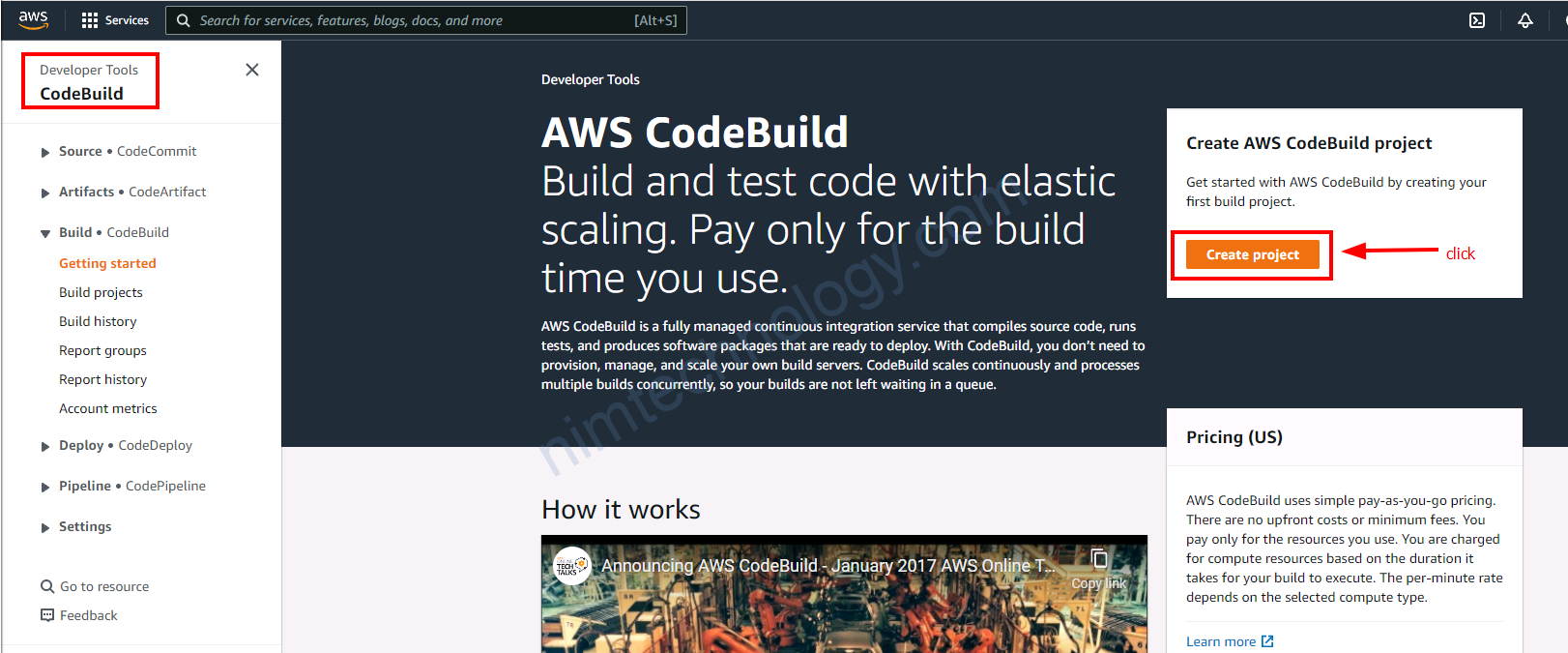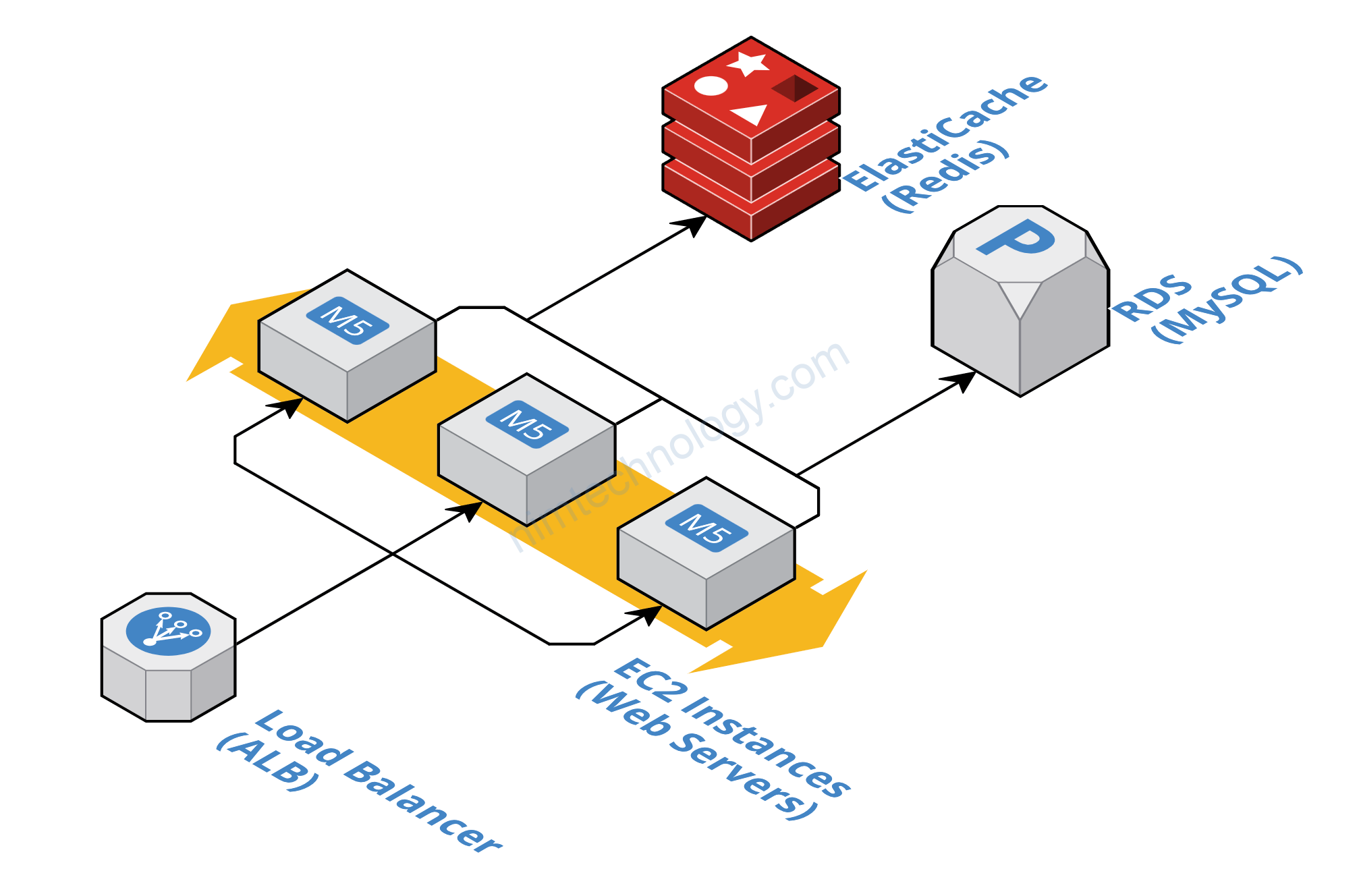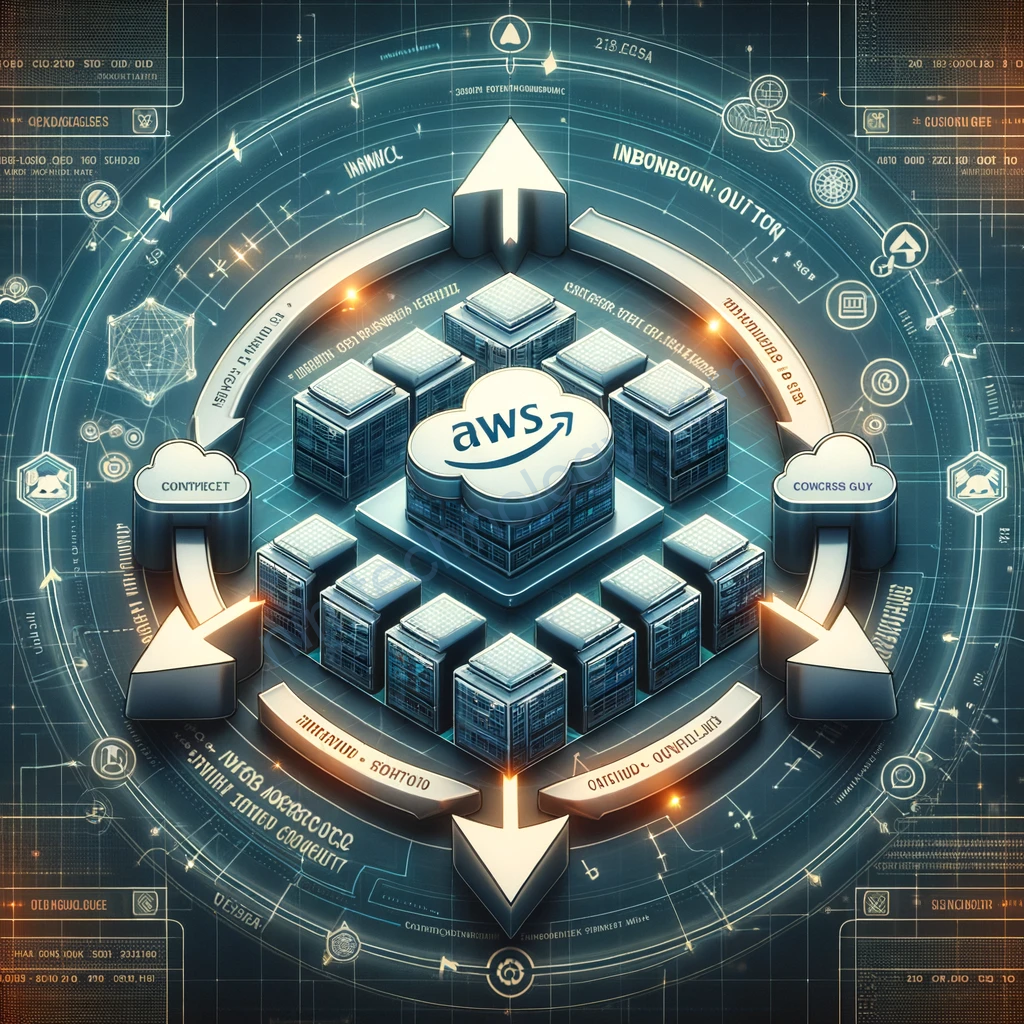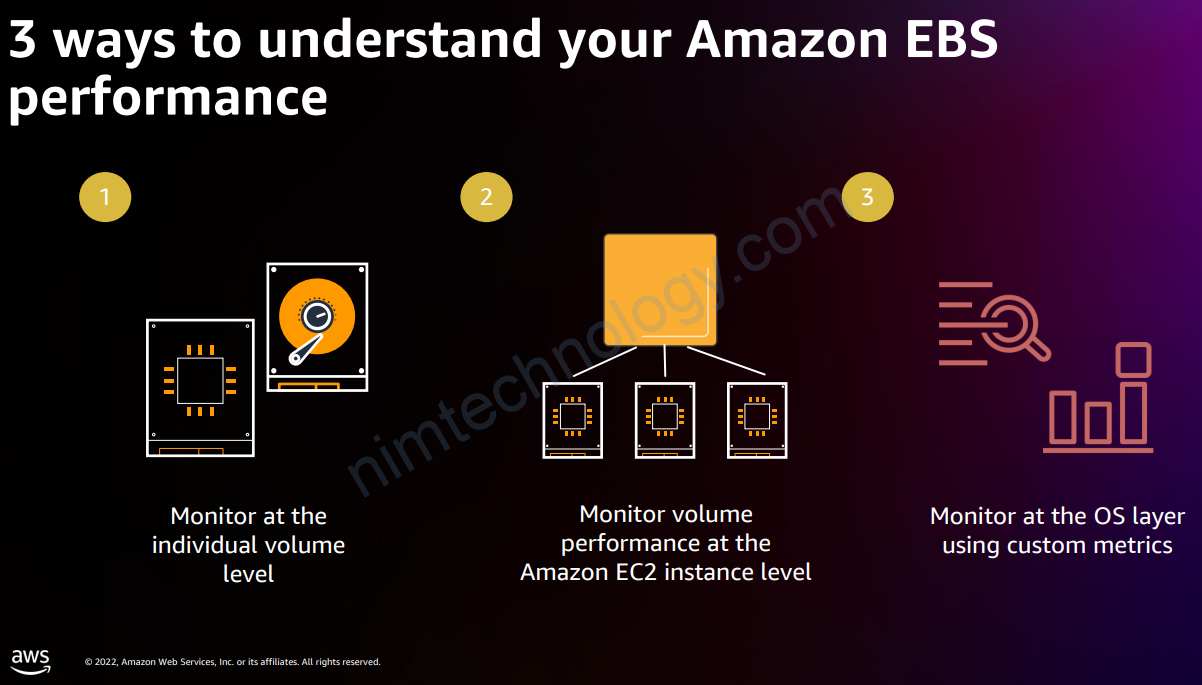Bông nhiên bạn được đồng đội hỏi:
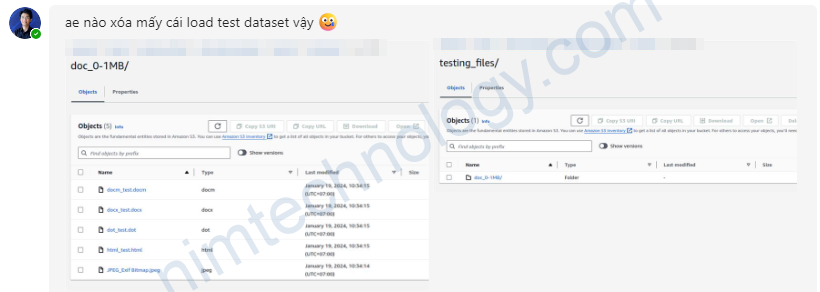
Chúng ta sẽ giả định là không có human nào động tay trong việc này:
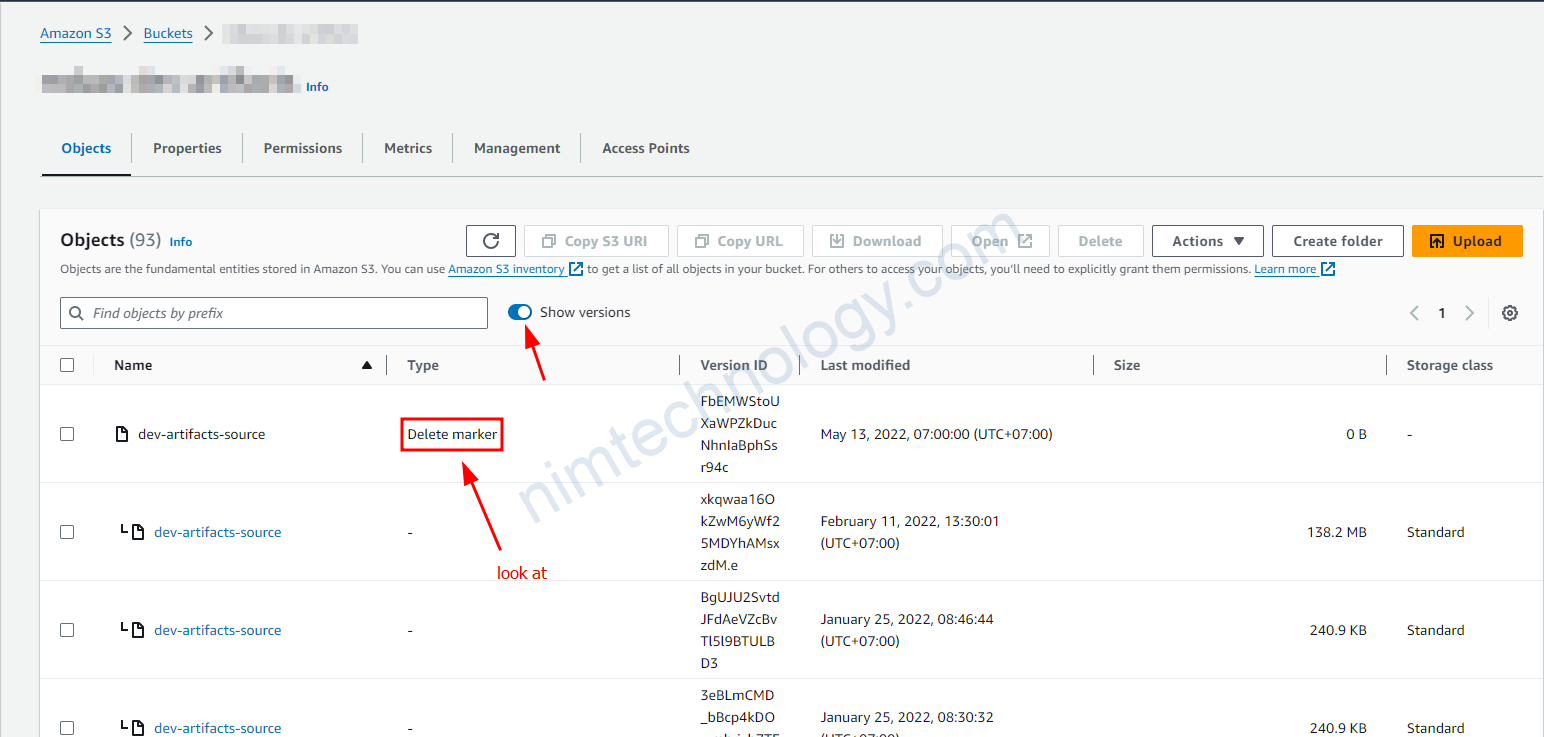
Vậy là đã có cron nào đang mark detele tag vào file.
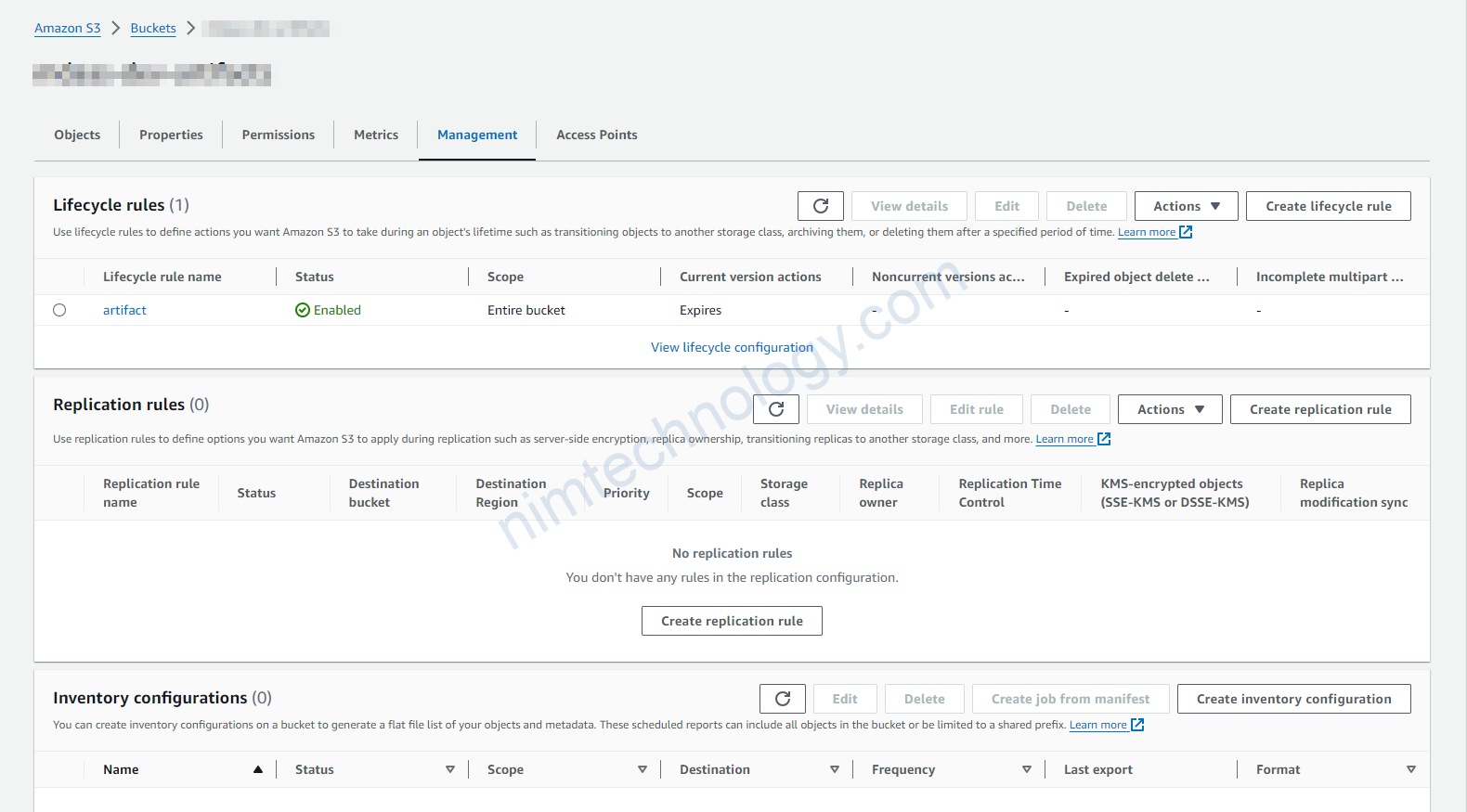
Ở đây chúng ta thấy có 1 lifecycle cho việc gì đó cùng tiềm hiểu nào
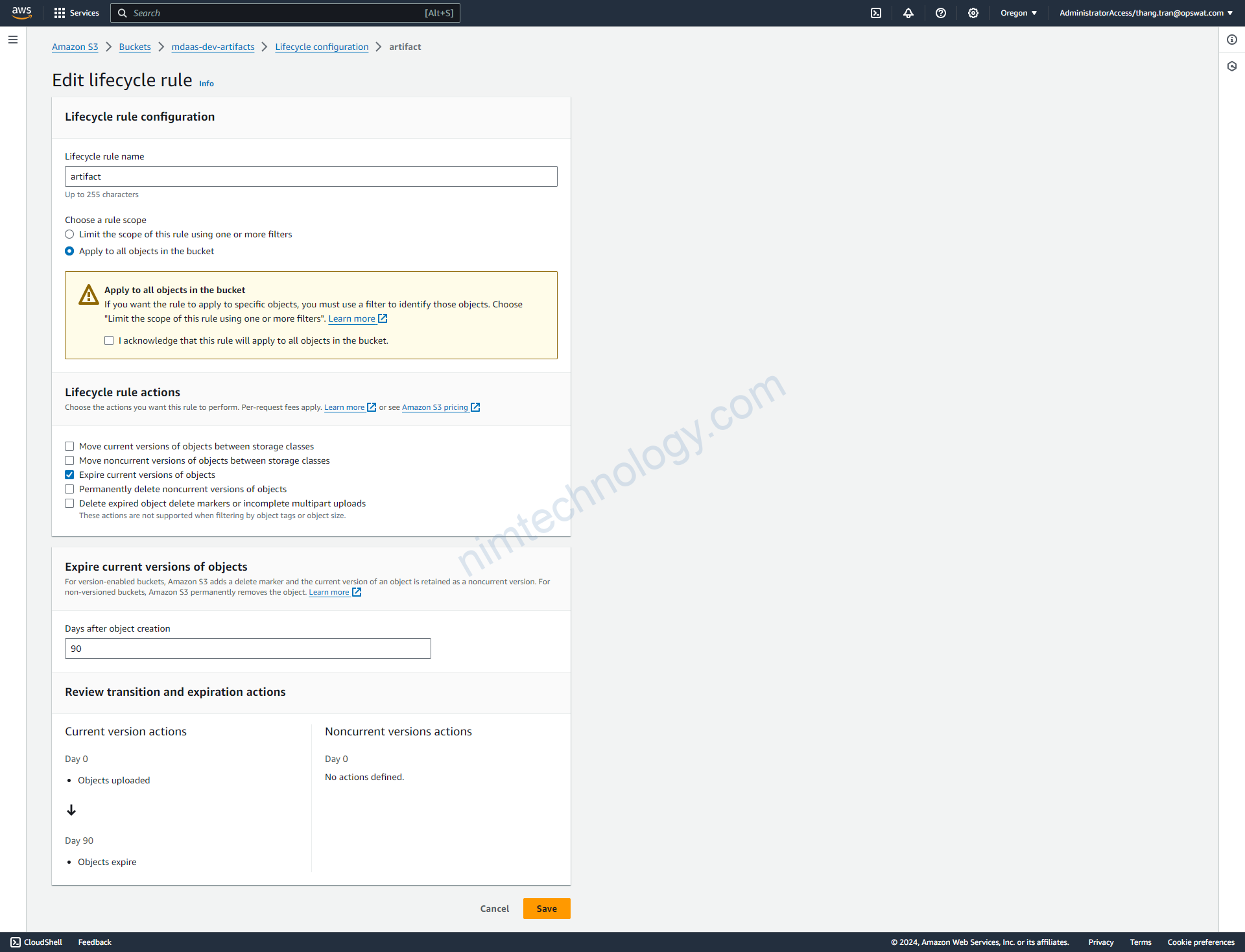
Sau khi mình edit chúng thì thấy 1 số configurations:
chúng ta sẽ cùng tìm hiểu Lifecycle rule actions
- Move current versions of objects between storage classes: This action allows you to automatically transition the latest version of stored objects to different storage classes. For example, you might move data from the standard storage class to a more cost-effective class like S3 Infrequent Access after it has not been accessed for a certain period.
- Move noncurrent versions of objects between storage classes: If you have versioning enabled on your S3 bucket, noncurrent (older) versions of an object can also be moved automatically to different storage classes. This helps in managing costs effectively, especially for data that needs to be retained but not frequently accessed.
- Expire current versions of objects: This action automatically deletes the current version of objects after a specified period. This is useful for data that only needs to be stored temporarily, such as log files or temporary backup data.
- Permanently delete noncurrent versions of objects: For buckets with versioning enabled, this rule allows you to automatically delete older versions of objects that are no longer needed, which helps in managing storage costs and maintaining compliance with data retention policies.
- Delete expired object delete markers or incomplete multipart uploads: This action cleans up expired object delete markers (which are placeholders left after the deletion of the latest version of a versioned object) and parts of incomplete multipart uploads that can accumulate and incur costs if not managed.
Ở bài viết này bạn có thể tìm hiểu về storage classes của S3:
https://bluexp.netapp.com/blog/aws-cvo-blg-s3-lifecycle-rules-using-bucket-lifecycle-configurations
Amazon S3 storage tier transitions can follow the waterfall model as illustrated below:

Sau khi đọc: Expire current versions of objects và Permanently delete noncurrent versions of objects sẽ gây ra vấn đề delete file.
chúng ta cùng tìm hiểu: Delete expired object delete markers or incomplete multipart uploads
In Amazon S3, the lifecycle rule action “Delete expired object delete markers or incomplete multipart uploads” doesn’t actually delete whole files but instead cleans up specific remnants that can clutter your storage:
- Expired Object Delete Markers: When you delete a file in a versioned bucket on S3, a “delete marker” is created. This marker is just a placeholder that tells S3 to treat the file as deleted. However, the actual versions of the file still exist until they are specifically deleted. The lifecycle action to delete expired object delete markers targets these placeholders. When you delete these markers, it does not affect the actual files or versions that may still be stored.
- Incomplete Multipart Uploads: If you start uploading a large file in parts but don’t finish, those unfinished parts remain in your storage. These parts are not useful because they don’t make up a complete file. The lifecycle rule to delete these incomplete uploads cleans up these leftover parts to save space and reduce costs.


